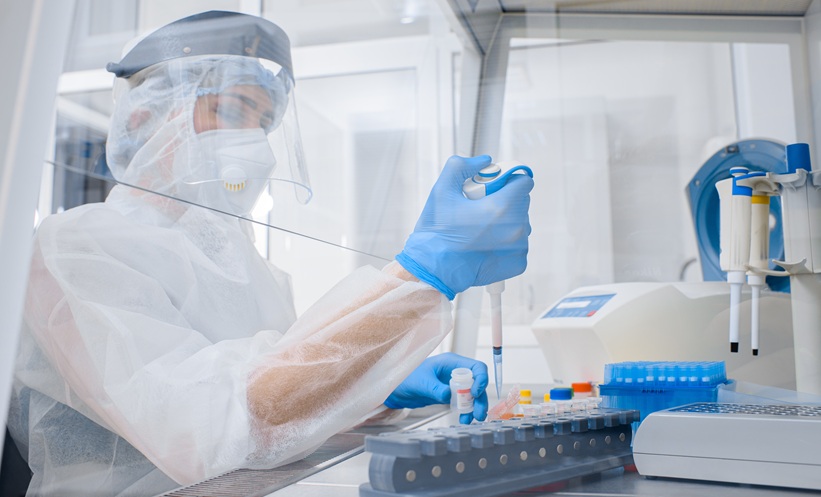BACKGROUND AND AIMS
A large body of evidence is emerging to implicate that dysregulation of the gut microbiome (dysbiosis) increases the risk of surgical site infections. Gut dysbiosis is known to occur in patients with inflammatory bowel disease (IBD), allowing for translocation of bacteria across the inflamed and highly permeable intestinal mucosal wall. The null hypothesis was that IBD was not associated with increased risk of periprosthetic joint infection (PJI) after primary total hip and knee arthroplasty.
MATERIALS AND METHODS
A matched cohort study was designed. The primary endpoint was occurrence of PJI at 2 years. Secondary endpoints were aseptic revisions, as well as discharge to rehabilitation facility, complications up to 30 days, and readmission up to 90 days after total joint arthroplasty (TJA). ICD-9 and -10 codes were used to identify patients with IBD and the control cohort. A chart review was performed to confirm diagnosis of IBD. Using the institutional database, 152 patients with IBD were identified and matched (3:1) for age, sex, BMI, year of surgery, Charlson Comorbidity Index (CCI), and affected joint with 462 patients without IBD undergoing TJA.
RESULTS
The cumulative incidence of PJI was 4.55% among patients with IBD versus 1.32% among the control cohort (p=0.024). When univariable Cox regression was performed, a diagnosis of IBD was found to be an independent risk factor for PJI (hazard ratio: 3.61; 95% confidence interval: 1.21–10.74; p=0.021) and aseptic revisions (hazard ratio: 3.48; 95% confidence interval: 1.34–9.01; p=0.010). The rate of post-operative complications was also higher in patients with IBD.
CONCLUSION
Based on the findings of this study, it appears that patients with IBD are at higher risk for failure due to PJI or aseptic loosening after primary TJA. The exact reason for this finding is not known but could be related to the bacterial translocation from the inflamed intestinal mucosa, the dysregulated inflammatory status of these patients, malnutrition, and potentially other factors. Some of the so-called aseptic failures could be as a result of infection that may have escaped detection and/or recognition.
Level of Evidence: Level II.








